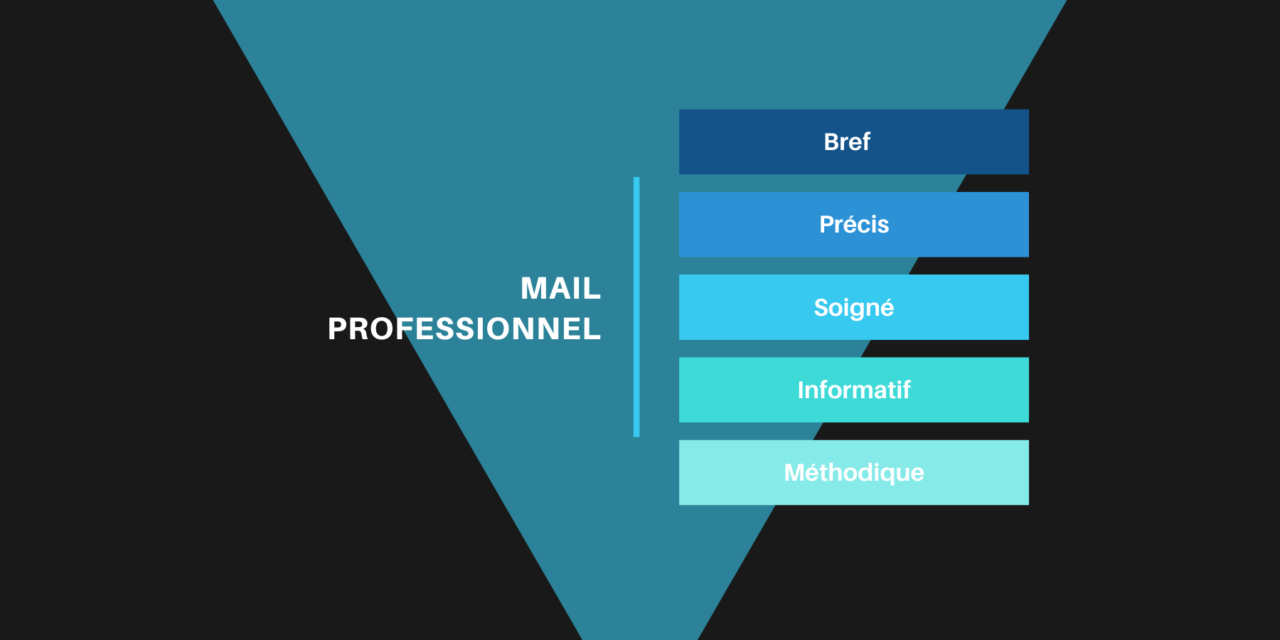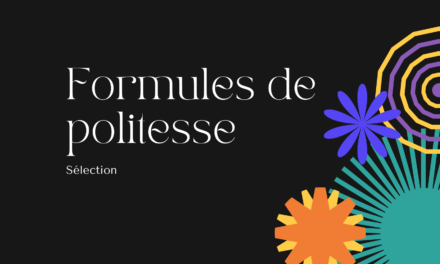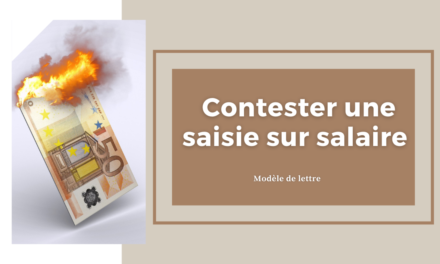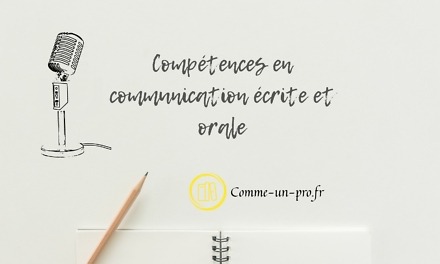The email is one of the main means of communication in the professional environment. However, some tend to forget the rules. This given that the email is considered to be less formal than the letter. It is important to know that this one nevertheless remains a working writing, even if it sports a lighter or more user-friendly style. How to succeed in a professional email? Discover the practices to adopt for a drafting in the rules of the art.
The subject line of the email must be short
The first thing your recipient will read is obviously the subject of your email. This is actually the only line that appears in the inbox. This is the reason why it must be brief, precise and neat. Likewise, it must have a link with the objective of your email (notify, inform, invite…). In other words, the recipient must quickly understand what it is, just by reading the object.
The subject of the email can be formulated in a nominal sentence, a sentence without a link word, a sentence of 5 to 7 words, a sentence without an article. Here are some examples: "request for information", "application for the position of ...", "cancellation of the CSE training of January 25", "invitation to the 10 years of company X", "report of the meeting from… ”, etc.
Also, note that the absence of a subject can make the email unwanted.
The start formula
Also called call formula, this designates the first words of the email. In other words, it is the words that ensure contact with the interlocutor.
This appeal formula depends in particular on the following factors:
- Your relationship with the recipient: do you know the recipient? If so at what point?
- The context of the communication: formal or informal?
It is therefore obvious that you are not going to address a superior in the same way that you are going to address a colleague. Likewise, it is a different formula that you will use when addressing a stranger.
Following the appeal formula comes the first sentence of the email which must be linked to the subject of the professional writing.
The body of the email
Consider using the inverted pyramid technique to write the body of your email. This consists of starting with the main information of the email which is most often the resumption of the subject of the email. Thereafter, you will have to evoke the other information in a decreasing way, that is to say from the most important to the least essential.
The reason why you should go for this method is that the first part of a sentence is the best read and the most remembered. In a 40-word sentence, you usually only remember 30% of the first part.
Your email should be written in short sentences and in professional, everyday language. In this sense, avoid technical terms and make sure there are connecting words between the sentences.
Finally, don't forget the polite phrase to finish your email. Then use a brief courtesy at the end while adapting it to the context of the exchange but also to your relationship with the recipient.





